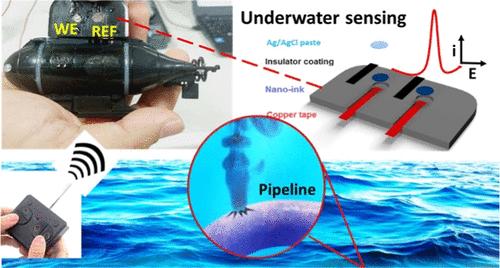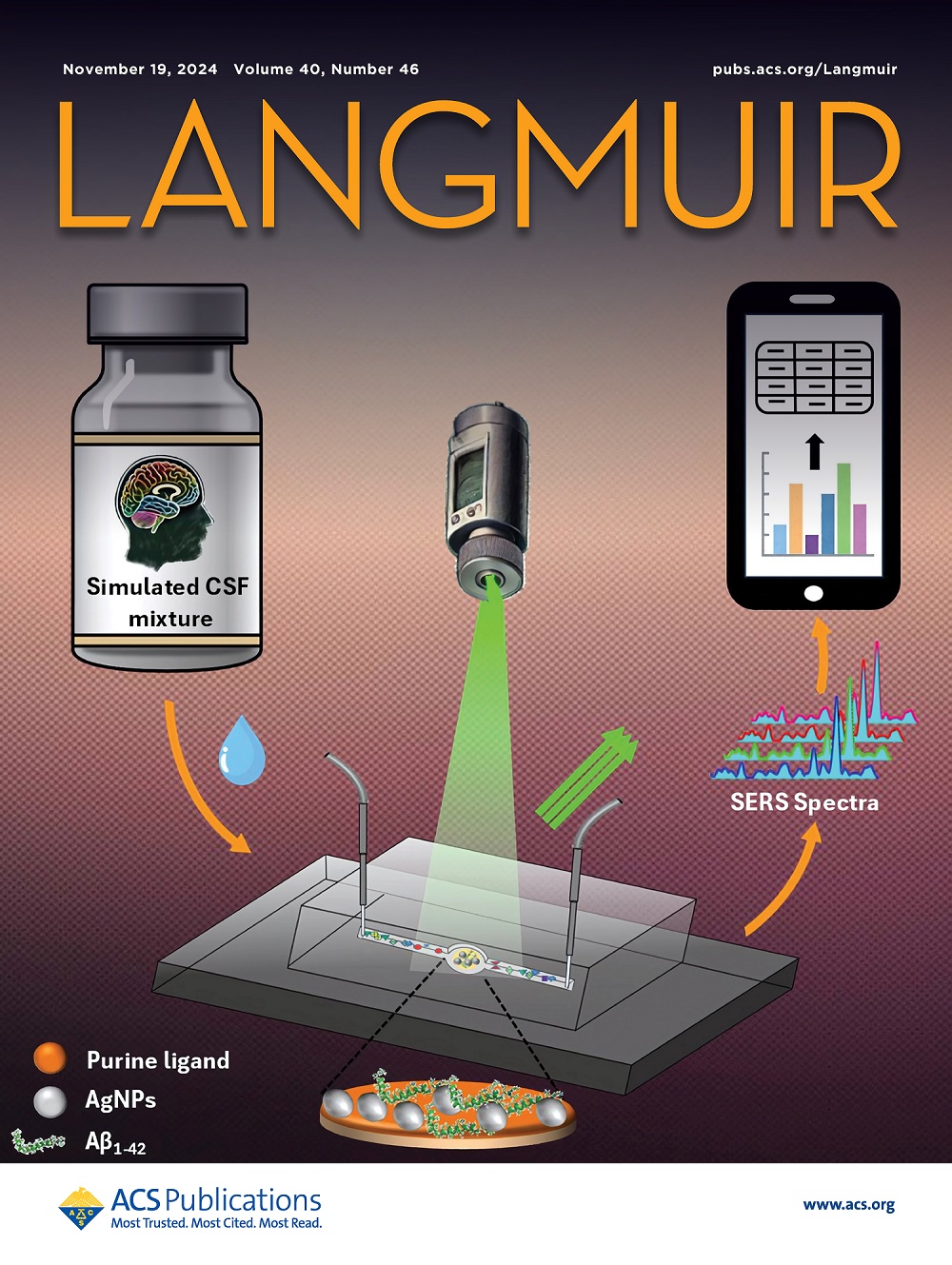Innovative Electrochemical Nano-Robot: Integrating Printed Nanoelectronics with a Remote-Controlled Robotic for On-Site Underwater Electroanalysis
IF 3.7
2区 化学
Q2 CHEMISTRY, MULTIDISCIPLINARY
引用次数: 0
Abstract
Smart and remote sensing technologies offer significant advantages across various applications. This study introduces an innovative approach integrating printed electrochemical nanosensors with a remotely controllable underwater robot, creating a “Robo-sensor” for underwater and surface water sensing. Unlike conventional underwater sensors, the Robo-sensor operates in three dimensions, both on the surface and underwater, targeting specific locations such as coastal areas and deep-sea environments while transmitting data to an external analytical unit. To achieve this, we developed a conductive nanoink by combining graphite, silver nanorods (AgNRs; diameter: 30 ± 20 nm, length: 2 ± 0.2 μm), nail polish as a cohesive agent, and an organic solvent. This ink was used to fabricate an electroanalytical system on the mini-robot’s body. The Robo-sensor, connected to a portable potentiostat, demonstrated linear responses to hydroquinone (HQ) and nitrite ions, with detection ranges of 5.0–1356.0 and 3.0–1200.0 μM, respectively, under artificial seawater conditions (High salinity). Its repeatability (RSD <6%), stability (up to 40 continuous applications with an error < ± 10%), and sensitivity were thoroughly evaluated. The Robo-sensor’s practical applications included detecting chemical leaks in underwater pipelines containing HQ, a hazardous chemical relevant to coastal industries such as petrochemicals. Additionally, it analyzed surface water contaminated with NO2– near and far from a wastewater discharge pipeline, providing valuable insights for environmental and ecosystem investigations. In conclusion, the developed Robo-sensor enables on-site analysis both on the surface and underwater, reducing time, costs, and risks in high-hazard environments like deep waters. With further modifications, this strategy could be adapted for diverse applications, including offshore oil and petrochemical operations, corrosion studies, and underwater environmental monitoring, thus expanding the real-world impact of electrochemical science.

求助全文
约1分钟内获得全文
求助全文
来源期刊

Langmuir
化学-材料科学:综合
CiteScore
6.50
自引率
10.30%
发文量
1464
审稿时长
2.1 months
期刊介绍:
Langmuir is an interdisciplinary journal publishing articles in the following subject categories:
Colloids: surfactants and self-assembly, dispersions, emulsions, foams
Interfaces: adsorption, reactions, films, forces
Biological Interfaces: biocolloids, biomolecular and biomimetic materials
Materials: nano- and mesostructured materials, polymers, gels, liquid crystals
Electrochemistry: interfacial charge transfer, charge transport, electrocatalysis, electrokinetic phenomena, bioelectrochemistry
Devices and Applications: sensors, fluidics, patterning, catalysis, photonic crystals
However, when high-impact, original work is submitted that does not fit within the above categories, decisions to accept or decline such papers will be based on one criteria: What Would Irving Do?
Langmuir ranks #2 in citations out of 136 journals in the category of Physical Chemistry with 113,157 total citations. The journal received an Impact Factor of 4.384*.
This journal is also indexed in the categories of Materials Science (ranked #1) and Multidisciplinary Chemistry (ranked #5).
 求助内容:
求助内容: 应助结果提醒方式:
应助结果提醒方式:


